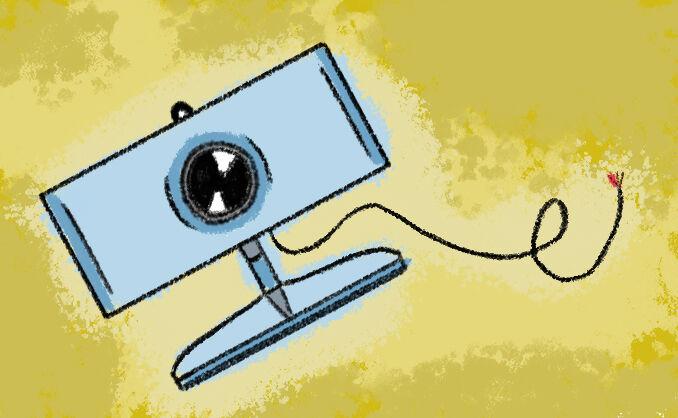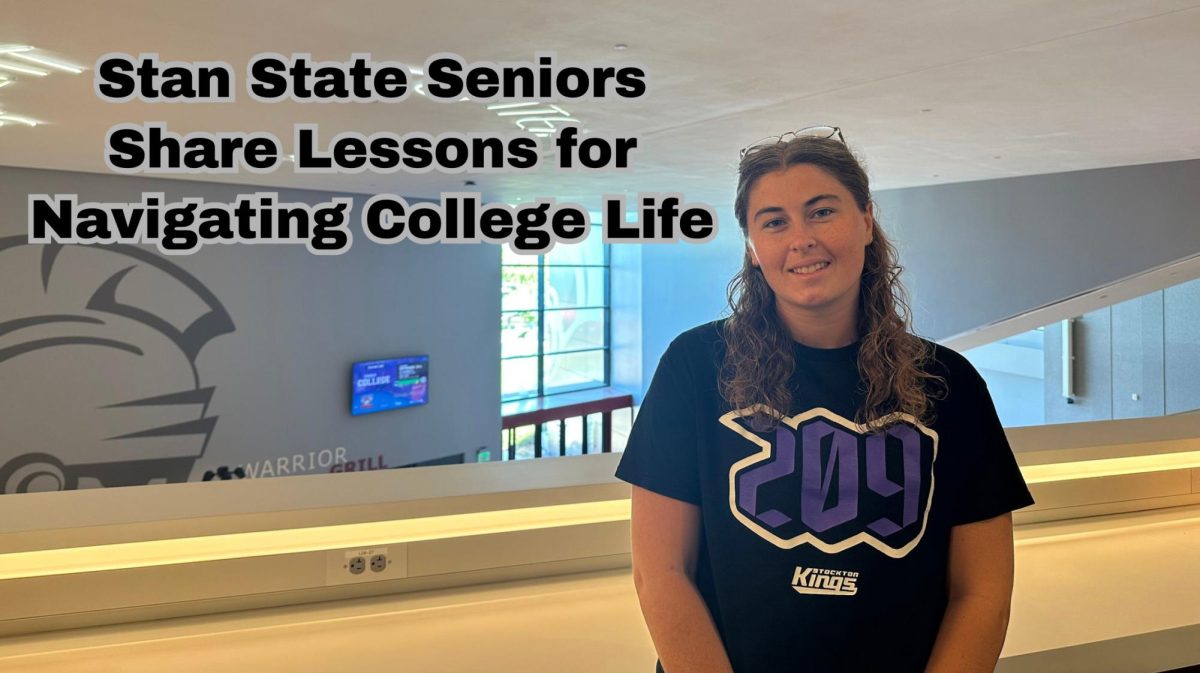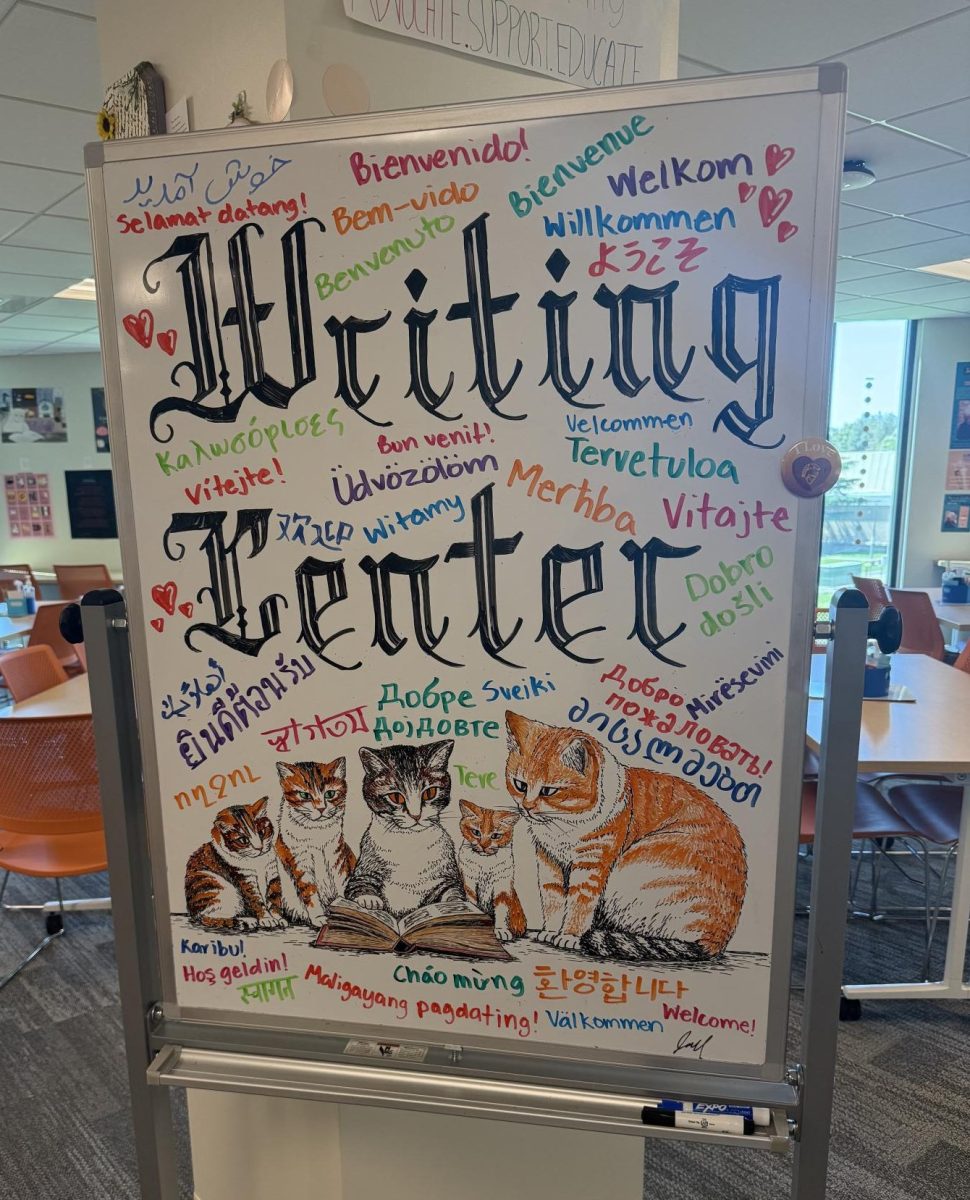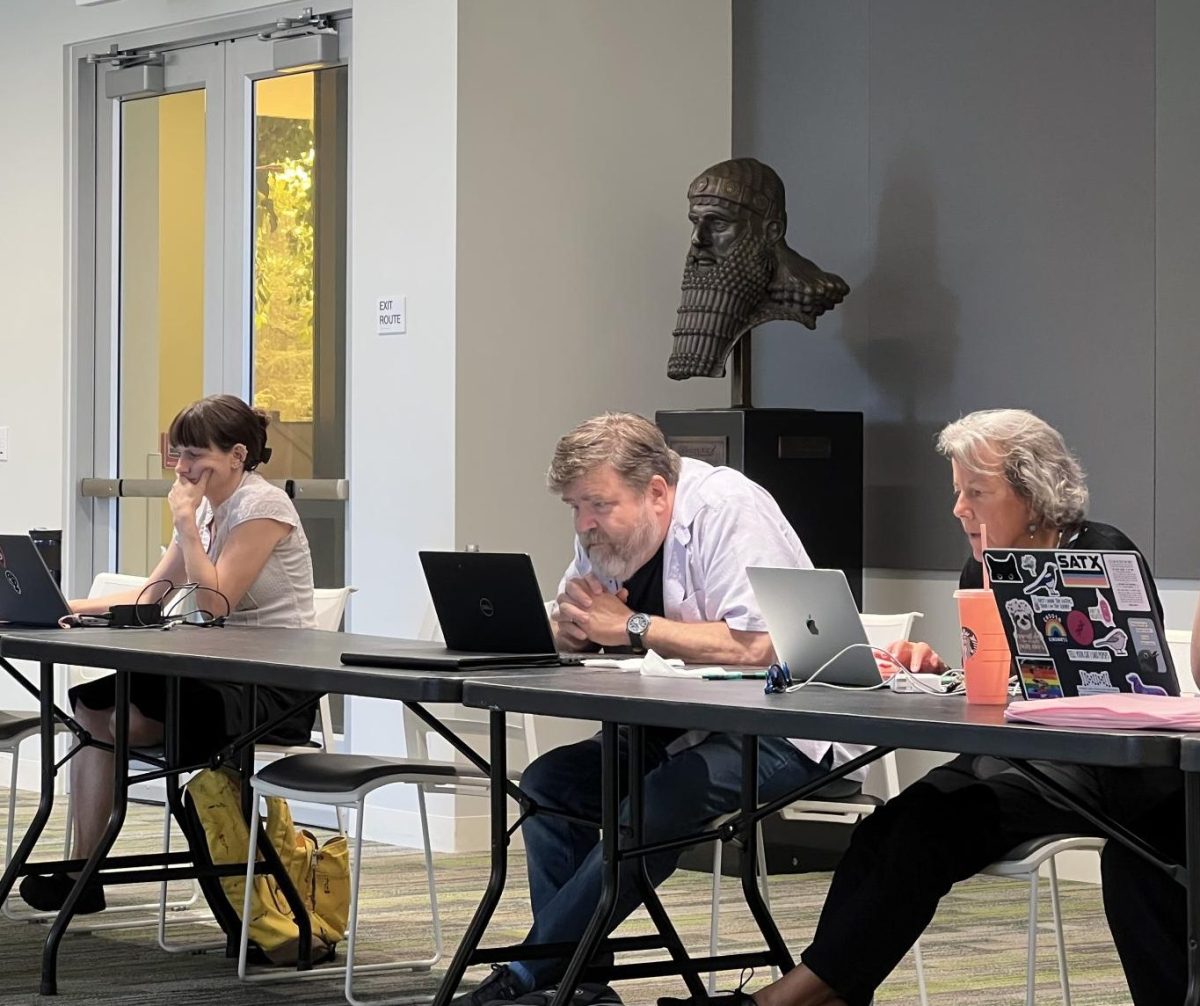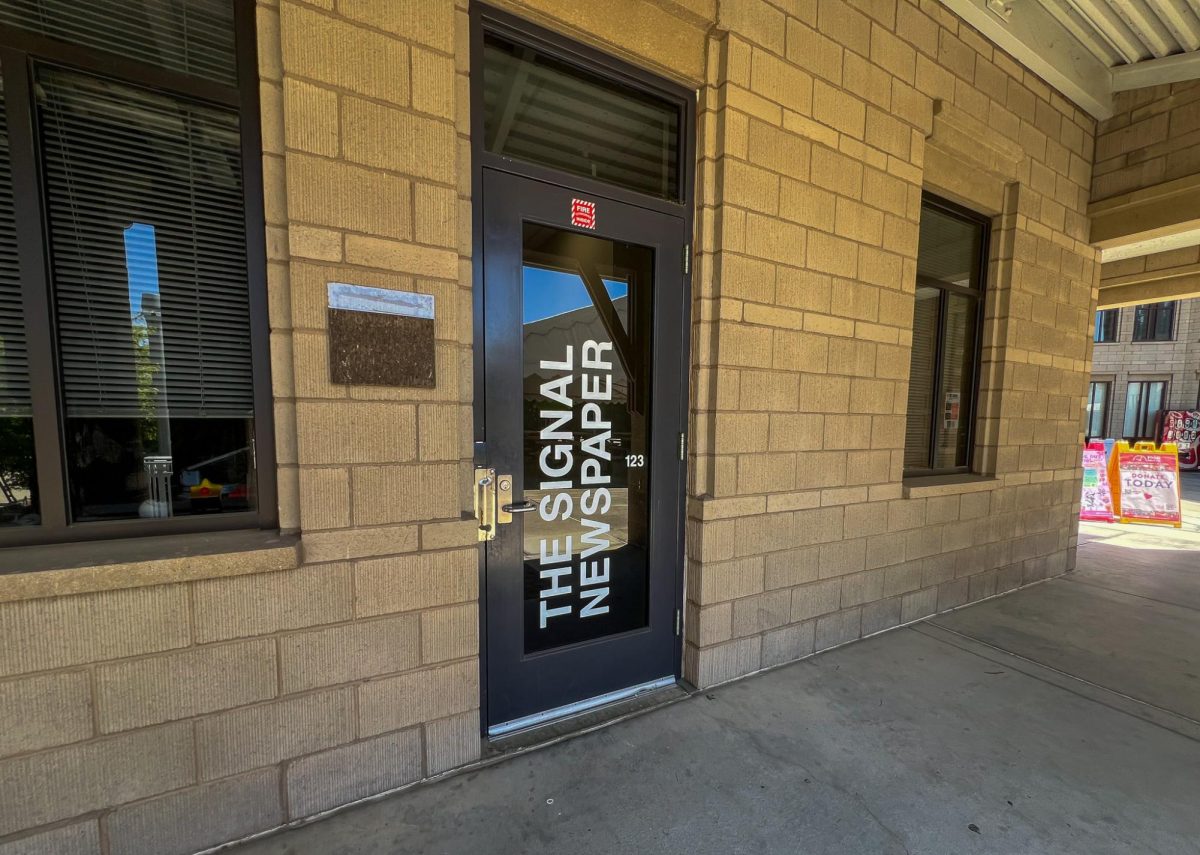Using your Zoom camera during a lecture allows the professor to make sure students are paying attention and participating. However, students may feel shy, nervous, or uncomfortable by others looking at them or what may be happening behind them.
The usage of cameras has become a controversial topic this year for Stanislaus State as some professors have required students to have their cameras on throughout class and made it a requirement for their course grade.
The Academic and Learning Committee (ATLC) has developed a policy regarding the use of cameras during class. The committee presented it to the Academic Senate as a resolution in October and again on November 3 with revisions included. The resolution was implemented to the current academic school year by the Academic Senate and has now been approved by Stan State President Ellen Junn.
Stanislaus State student Adrian Tennant (junior, Communication Studies) spoke about how one of his professors who made the use of cameras obligatory saying, “She was so adamant about cameras being on. She said students who don’t want to have their cameras on should consider dropping the class. She was consistent in asking students to turn their cameras on throughout the semester.”
Dr. Tom Carter, Stanislaus State professor, Academic Senator, and Chair of ATLC discussed the topic of camera use. “The general rule that we have put in the resolution is that faculty cannot require students to have their camera on during synchronous sessions. [We] carefully specified synchronous sessions and not just class meetings, so this policy is intended to imply not only to a lecture that a faculty member might be giving but also when students are taking a test.”
The Senate’s resolution was a basic, short-term policy that was in place before President Junn had approved the final policy. It prohibits faculty from making camera use a requirement, allowing students to not feel pressured into having their camera on unless they desire to.
Explaining why this resolution came to exist, Carter points out, “Students don’t have control over their environment.”
This statement is corroborated by Tennant, who explained his thoughts on camera use being a requirement saying. “So many students don’t have a home environment or living situation that is appropriate for school. I pretty much always have my headphones on because I don’t want people to hear my family members talking or dogs barking. I’m usually in my room during class and I don’t like that anyone in the class can see portions of my room in the background,” said Tennant.
Tennant says that he prefers to keep his home environment and setting private, a thought that other students may too find themselves having throughout this semester.
Carter explained an important idea concerning the resolution saying, “Asynchronous videos are not prohibited by this policy.” This clarifies that the resolution only applies to synchronous sessions. Professors who teach asynchronously are allowed to require a student to record themselves for an assignment, but are not allowed to specify the time or place during which they do it.
Many professors believe the resolution for synchronous teaching may bring difficulties in regards to proctoring an online exam. Without requiring students to have their cameras on during an exam, professors are unsettled by the thought that they may be using outside resources to complete it. With technology, students have complete access to Google, online books, and other resources that help them to determine the correct answers to exam questions.
Synchronous academic honesty on exams concerns professors because they are unable to make camera use an obligation. This leaves them with the hope that students have enough integrity to not cheat on an exam, and complete it based solely on the knowledge they have acquired from online lectures, assignments, reading, activities, and other resources provided by the professors.
While professors encounter concerns, Cater says, “Students had no choice whether to take online classes or not. They don’t have any other option.”
President Junn has approved the policy for the ongoing academic school year online. Prior to the approval, Carter explained, “Assuming the president signs off on [the policy], if a faculty member requires [students] to turn their camera on, the student refuses, and their grade is lowered because of that, it would be something students can take to a grade appeal.”
As a student, it’s important to be aware of your rights, maintain integrity in an online setting, and remember that if your grade is affected by refusing to have your camera on you have the ability to appeal it to receive the rightful grade. Most importantly it is of great significance to understand that the goal of the policy is to protect students, not to punish professors.
Categories:
Changes Made to Stan State’s Zoom Camera Policy
Berenice Jacobo Zurita
•
December 14, 2020
0
Donate to Signal
Your donation will support the student journalists of California State University, Stanislaus. Your contribution will allow us to purchase equipment and cover our annual website hosting costs.
More to Discover

